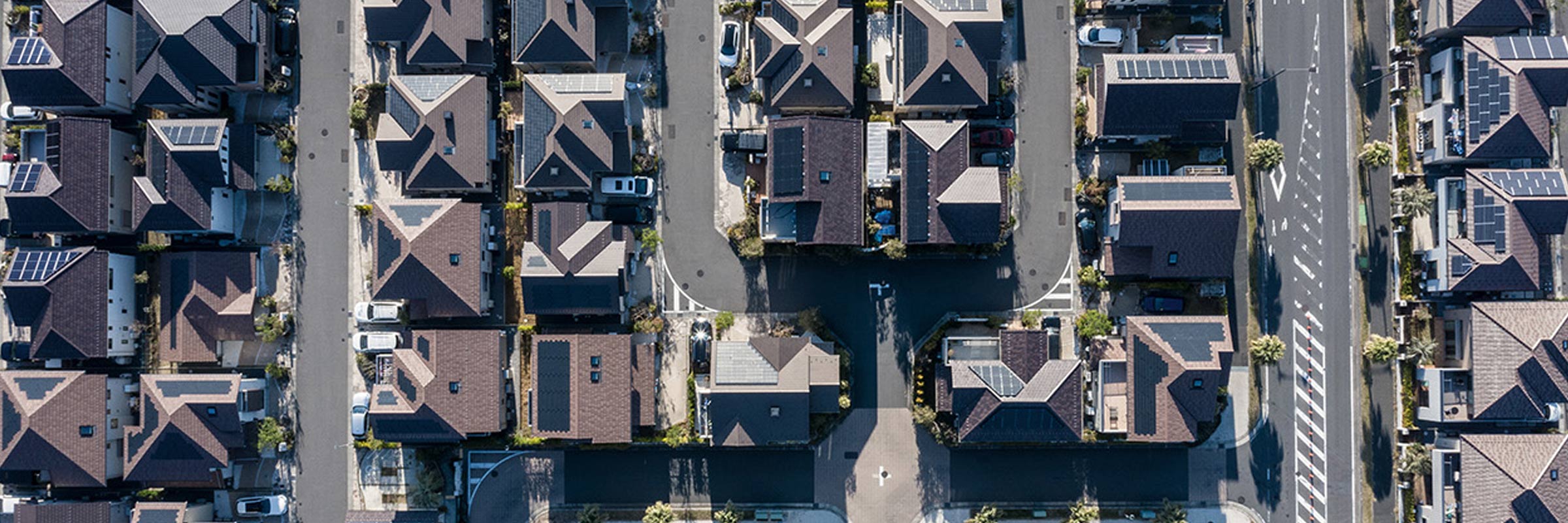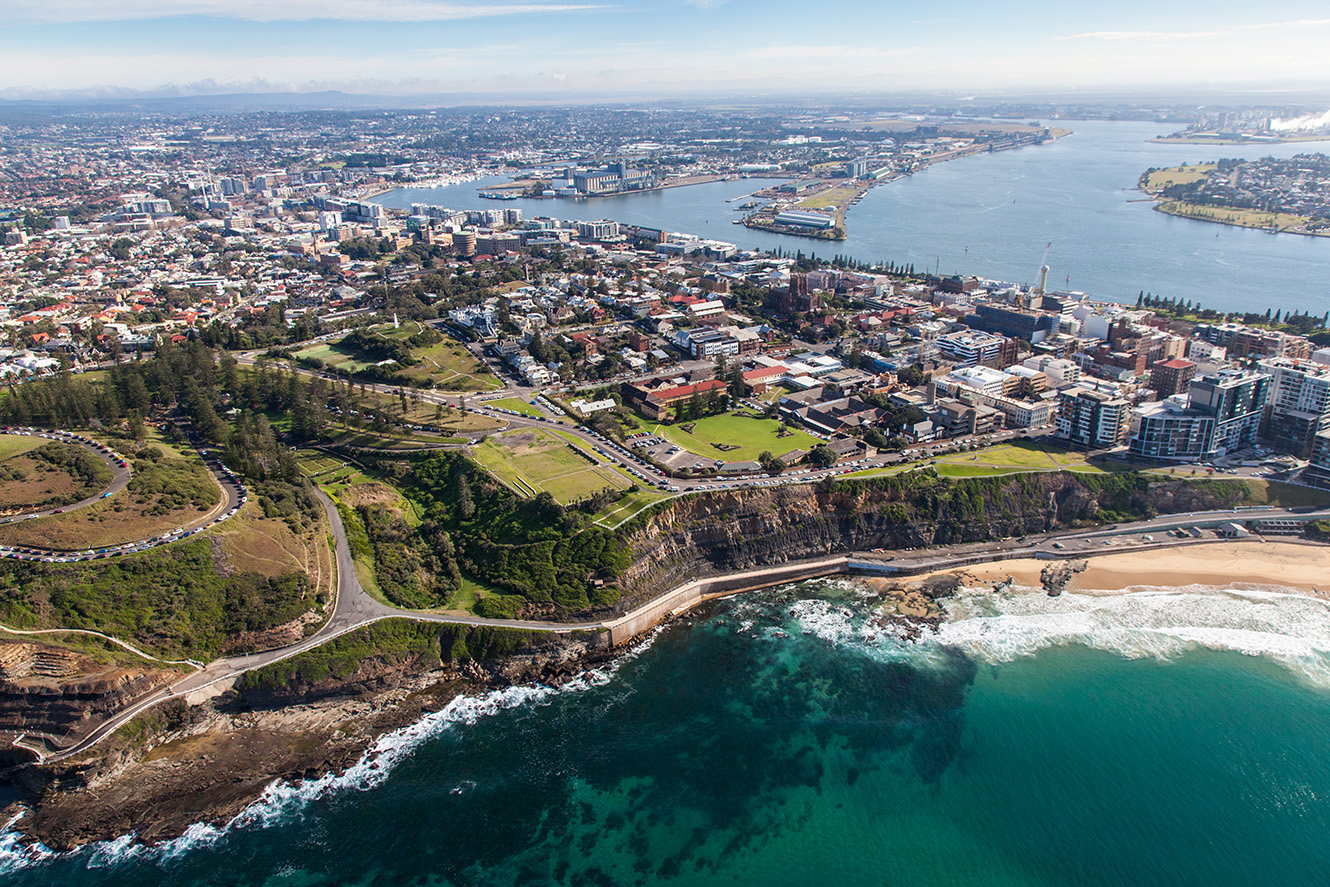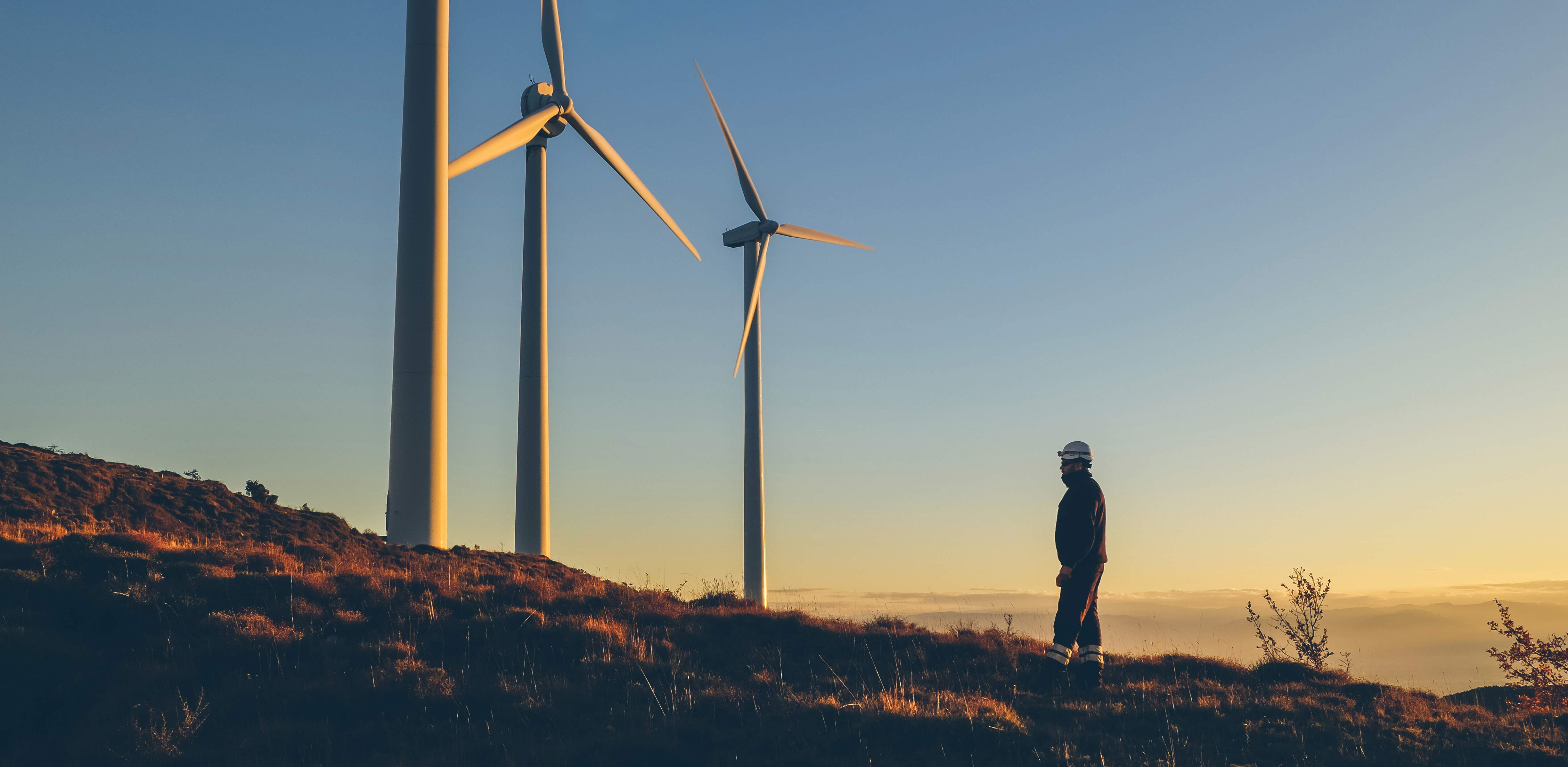
In line with this transition, we will see a different energy market here in Australia over the next five to ten years. The changeover from fossil-fuel-fired power plants, including coal and gas, to renewable energy generation sources is already unfolding in front of us. Some states across Australia are generating up to 20% in renewables, and clean energy is predicted to reach up to 35% of electricity supply across Australia in the next two years (source: Australian Energy Market Operator).
Remember, these numbers would have probably been laughed at five years ago. A combination of factors, including the use of new technology at lower prices to support the existing renewable energy targets, has brought this scenario closer to reality.
Supply and demand will always drive markets
Electricity grids have always been about keeping demand equal to supply. But with the introduction of distributed renewable electricity (think homeowners installing their own batteries and solar power panels, for example) and advancements in technology and electricity, supply becomes variable and unreliable. We’re transitioning from a top-down, centralised fossil fuel system, with only a single direction of power, to a distributed, renewable, bidirectional system.
So how do we achieve a supply-demand balance in a scenario where we have uninterrupted electricity?
The potential role of Virtual Power Plants
While the term virtual power plant (VPP) has been around for a while, what it means and its role in our future energy systems is less understood.
A VPP is made possible by storing renewable energy locally, when it is available, through technology such as batteries. It is a network of solar photovoltaic (PV) and battery systems that are coordinated to generate and store energy centrally, and then feed energy back into the grid. We can then manage and distribute the power through algorithms and energy management software supported by cloud-based platforms that monitor, control and balance energy demand, supply and storage in response to changing consumer needs.

…virtual utilities capable of aggregating energy generation from different decentralized energy systems and facilitating the balance between supply and demand…
A VPP provides flexibility to match power supply and demand and removes the costly reserves of fossil fuel power stations that are currently called on during high peaks in demand.
Ultimately, the ideal is to see VPPs working as virtual utilities capable of aggregating energy generation from different decentralized energy systems and facilitating the balance between supply and demand using customized energy agreements that match the customer’s needs, local regulations and available energy resources.
Thinking beyond our current understanding
A few things that we have been working well in the Australian market, such as automated demand response, the use of smart residential appliances, and smart metering, will naturally lead to the implementation of an increased number of VPPs and the concept of virtual utilities.
In the future, the combination of several VPPs operating as a virtual utility (or utilities) should be able to integrate energy services between generators, suppliers, network service providers and customers. Their goal will be to optimize energy sourcing and manage different distribution networks, supported by advanced digital systems and powerful energy management platforms, to manage transaction costs and meet customer needs.
70 years of expertise in renewable energy
With our roots in the Snowy Mountains Hydroelectric Scheme – which today provides approximately 32% of all renewable energy to the eastern mainland grid of Australia – I believe that SMEC is well prepared for this renewable future. You can see this by the way our specialists have honed their skills in working across all stages of project delivery in the renewables industry sector, from inception to completion.
For example, on solar farms, we have effectively worked in partnership with our clients from early environmental approvals, feasibility and financial studies for financial close; to full electrical, civil and structural engineering services, including access, internal roads and pile designs. Our specialists guide our clients throughout the process, minimising and mitigating project delivery risks with an established, successful track record.
I’m looking forward to contributing to Australia’s renewable future, and to leveraging our experience to find the optimal balance between the nation’s energy supply and the demand for the development of VPPs.
Related
insights
 Australia’s land is ready for a revolution Part 1
Australia’s land is ready for a revolution Part 1
As American President John F. Kennedy once said, “Change is the law of life. And those who look only to the past or present are certain to miss the future.” This is especially pertinent in Australia when looking at how we use and redevelop our land.
 Australia’s land is ready for a revolution Part 2
Australia’s land is ready for a revolution Part 2
In Australia’s land is ready for a revolution – Part 1, I discussed the opportunities for industrial transformation in Australian regional centres and how these changes could take shape. In Part 2, I look more closely at key considerations for the redevelopment of land.






